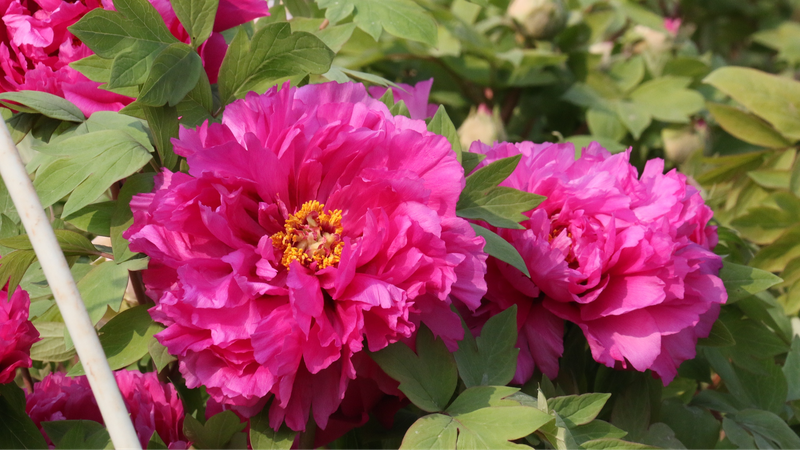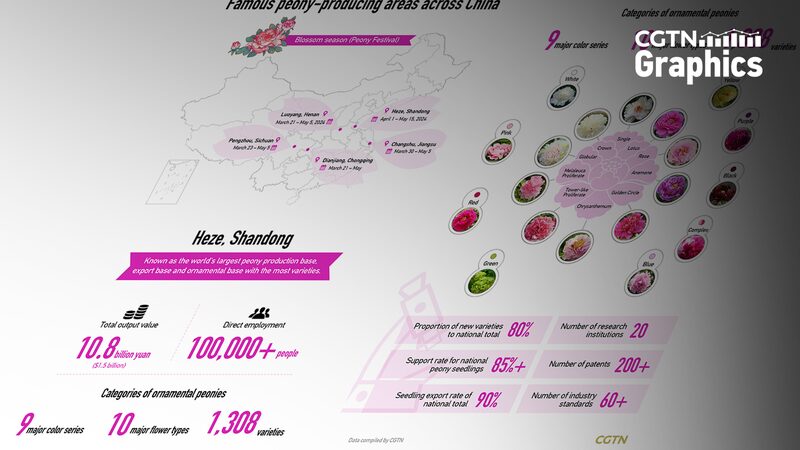Heze City, a sprawling metropolis in Shandong Province traditionally known as China's "peony capital," has launched its 2025 World Peony Conference alongside the 34th International Peony Culture and Tourism Festival. The dual events, running through late April, spotlight the region's fusion of ecological stewardship and cutting-edge agricultural practices transforming the peony industry.
Over 1,200 peony varieties now thrive in Heze thanks to conservation efforts protecting native species and wetlands. Researchers have leveraged biotechnology to develop drought-resistant hybrids and extend blooming cycles. "Our flowers now bloom up to 20 days longer than traditional varieties," explained Dr. Li Wei of the Heze Peony Research Institute. "This scientific progress supports both ecological balance and economic sustainability."
The peony economy generates $2.3 billion annually for Shandong Province, with Heze alone home to 1,800 peony-focused enterprises. Recent innovations include medicinal extracts for traditional Chinese medicine and peony oil cosmetics exported to 30 countries. The city has also introduced solar-powered greenhouses and AI-assisted irrigation systems, attracting $140 million in green tech investments since 2022.
Cultural programming remains central to the festival, with organizers unveiling peony-themed augmented reality tours and artisan workshops demonstrating historic peony motifs in ceramics and textiles. Tourism officials predict over 4 million visitors will attend during peak bloom season, drawn by immersive garden trails and farm-to-table dining experiences.
Reference(s):
Ecological protection, innovation drivers behind China's peony capital
cgtn.com








